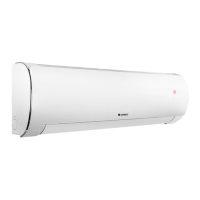
Do you have a question about the Gree GWH07ACC-K6DNA1A/I and is the answer not in the manual?
| Type | Split |
|---|---|
| Cooling Capacity | 7000 BTU/h |
| Energy Efficiency Ratio (EER) | 3.21 |
| Power Supply | 220-240V, 50Hz |
| Refrigerant | R32 |
| Weight (Indoor Unit) | 8.5 kg |
| Air Flow (High) | 500 m3/h |
Manufacturer's responsibilities and limitations for product issues and damages.
Guidelines for safe handling and operation involving flammable refrigerants like R32.
Specifies necessary certifications for personnel involved in refrigerant system work.
Critical installation requirements and prohibitions for safe operation with flammable refrigerants.
Key checks for safe maintenance of the air conditioner, especially regarding ventilation.
Step-by-step guide for cutting or welding refrigerant pipes, emphasizing safety.
Instructions for safely filling refrigerant, including tank handling and leak detection.
Safety instructions for moving and storing the air conditioner, focusing on fire prevention.
Covers essential electrical safety, grounding, and wiring practices during installation.
Important warnings and rules for safe usage by various age groups and conditions.
Precautions for installing and moving the unit, focusing on refrigerant circuit integrity and safety.
Lists essential tools needed for the proper installation of the air conditioner.
Specifies unsuitable locations and general conditions for installing the unit.
Recommendations for the best placement of the indoor unit for optimal performance and accessibility.
Details safety regulations and requirements for electrical connections, including grounding.
Guidance on selecting the appropriate location for indoor unit installation.
Instructions for securely mounting the frame on the wall.
Steps for drilling the hole for refrigerant pipes with correct slope.
How to route the outlet pipe through the casing.
Procedures for connecting the refrigerant pipes to the indoor unit, including tightening torque.
Instructions for connecting the drain hose to prevent condensation.
Steps for making the electrical connections for the indoor unit.
How to bundle the refrigerant pipes, power cord, and drain hose together.
Final steps for hanging the indoor unit onto the wall-mounting frame.
Method for cleaning the exterior surface of the indoor unit.
Detailed steps for removing, cleaning, and reinstalling the air filter.
Important checks to perform before the start of the cooling or heating season.
Checks recommended after the season of use, including filter cleaning.
Guidance on proper disposal and recycling of the air conditioner.
Lists common error codes and their corresponding troubleshooting steps or service requirements.
A guide to common phenomena and their potential causes before requesting maintenance.
Identification of the main parts of the indoor unit.
Explains the meaning of various indicators on the unit's display.
Overview of the functions of each button on the remote controller.
Explanation of symbols and icons shown on the remote controller's display.
Detailed explanation of how to use various buttons like Power, Mode, and Fan.
How to use the Turbo function and adjust fan speed and blowing angle.
Instructions for adjusting the vertical louvers for air direction.
Instructions for adjusting the horizontal louvers for air direction.
How to use the I-FEEL function to sense and adjust temperature based on remote location.
Procedures for setting the timer to turn the unit on or off.
How to set the clock, and information about WiFi connectivity.
Explains functions for display light, health/scavenging, and quiet operation modes.
How to view different temperatures and activate energy-saving features.
Instructions for the 8°C heating function and child lock feature.
How to switch temperature display and activate the auto clean function.
Step-by-step guide for replacing batteries in the remote controller.
A checklist of items to verify after the unit has been installed.
How to perform a test run to ensure the air conditioner is functioning correctly.
Table detailing refrigerant charging amounts based on pipe size and cooling capacity.
Crucial steps for expanding pipes to prevent refrigerant leakage.
Steps for removing burrs, fitting insulating pipes, and inspecting expanded ports.
Specifies the operating temperature limits for various models.
Essential checks for installations using flammable refrigerants, including ventilation and leak prevention.
Guidelines for initial safety checks on electrical components during repair and maintenance.
Specific safety checks before working on the system, like capacitor discharge and earth bonding.
Procedures for checking refrigerant levels and ensuring fire extinguishing equipment is available.
Ensuring adequate ventilation and proper specification of replacement electrical components.
Guidelines for working on intrinsically safe components and replacing parts.
Checks for cabling integrity and safe methods for detecting flammable refrigerants.
Methods for leak detection and essential steps for safely decommissioning the unit.
Procedures for safe refrigerant recovery, cylinder handling, and proper equipment labelling.
Requirements for recovery equipment, scales, hoses, and electrical component safety.
Proper handling of recovered refrigerant, compressor oils, and evacuation processes.
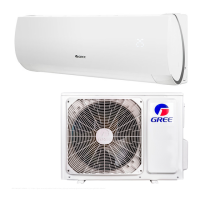
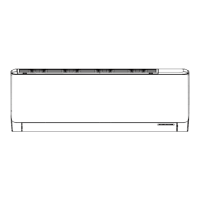
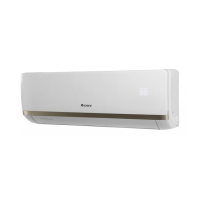
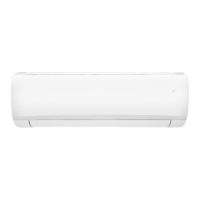
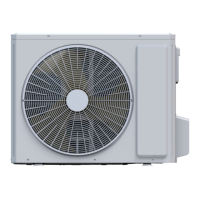
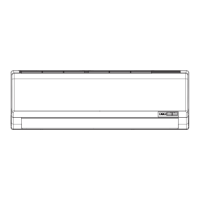
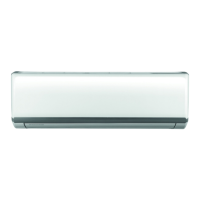

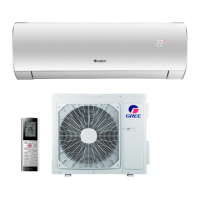

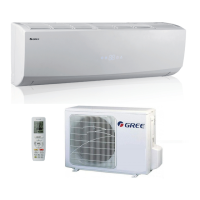
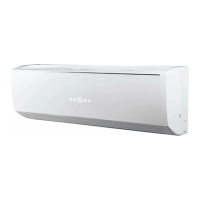
